Does the FAA need to impose rules that specify minimum dimensions and other such parameters for airline passenger seats?
Do you think passenger seats in airliners are getting narrower and denser? And if so, what is it that aviation authorities around the world should do about it? These questions may look like they have obvious answers. They don’t, really, but here is something you might not know: currently, there aren’t any standards that directly regulate seat sizes. There are NO minimum size dimensions for airline seats.
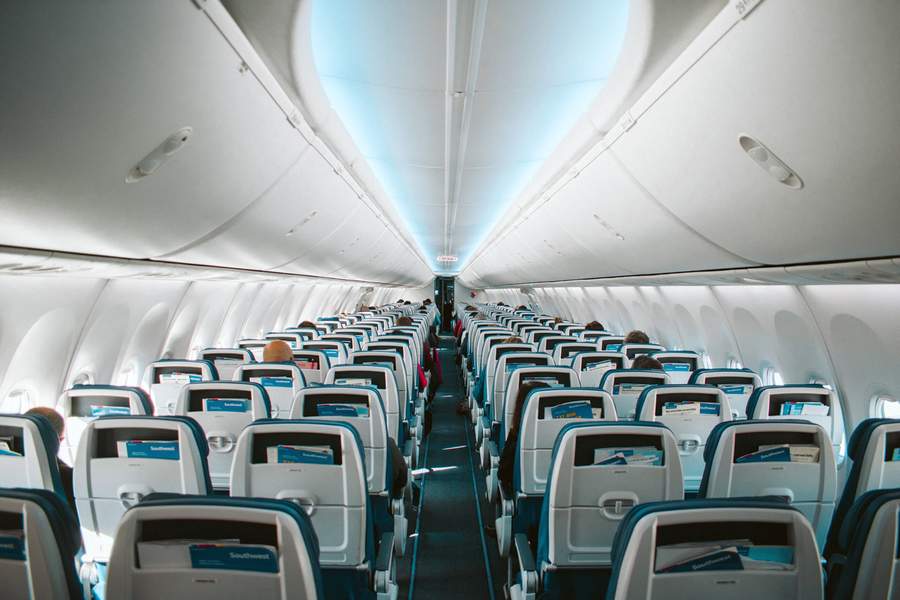
How could this be? A very short answer is that the FAA’s job is about our safety, not our comfort. So you may ask, is comfort a safety matter, or are comfort and safety two completely separate issues? According to many, including advocacy group FlyersRights.org, there are safety aspects relating to the space that each airline passenger has.
Leaving Your Seat Quickly
In any case, someone should set minimum standards, to keep manufacturers and airlines from making airline seats smaller, says the group. And many others agree. In 2018, the US Congress gave one year to the FAA to come up with regulations that will establish minimum passenger seat dimensions. The order said that these dimensions should include seat pitch, width, and length.
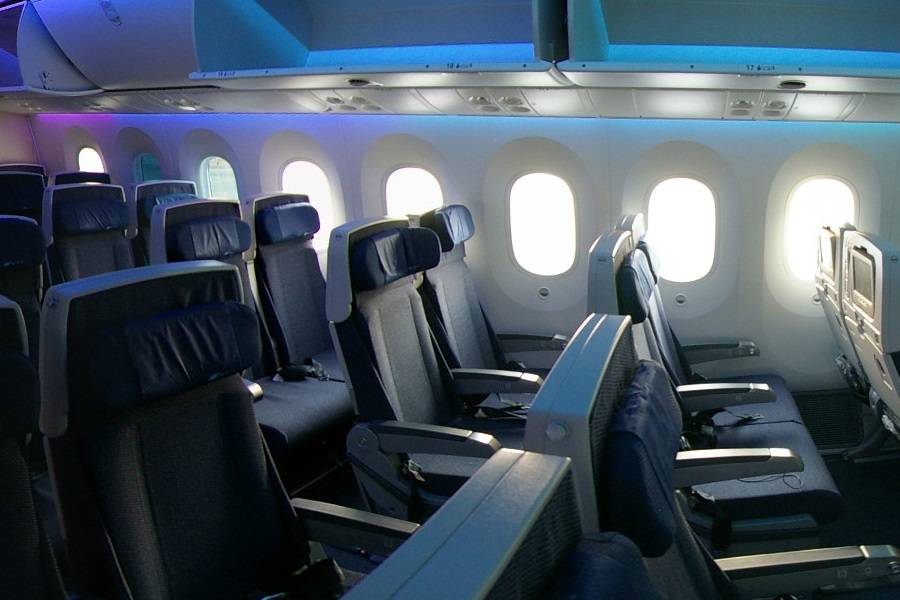
Crucially, the wording of that decision said that the purpose of this was to find the dimensions “that are necessary for the safety of passengers”. So far, the FAA has not done this. But the agency’s argument, whenever this debate comes up (i.e. often), is to say that the industry already has practical limitations for the size of airline seats.
These limitations have to do with evacuation. Aircraft manufacturers and their airline customers need to prove that the interior configuration of their choice makes it possible to evacuate the entire aircraft in 90 seconds flat – with half the doors blocked. As long as they manage to prove this (and they always do), the FAA and other authorities don’t care about the sizes of airline seats.
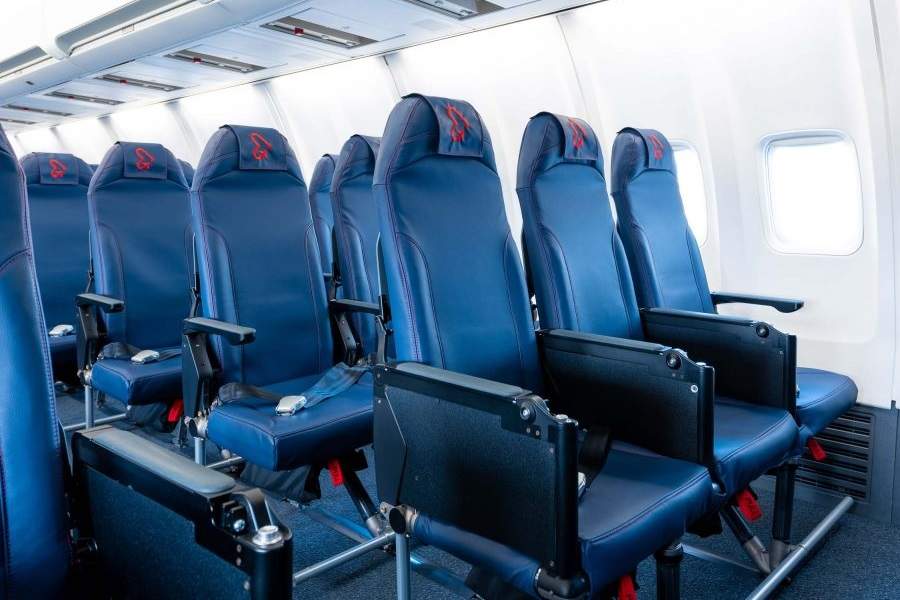
But it’s not that simple. The construction of these seats must provide adequate protection to passengers, in the event of a crash. More stringent testing means that airline seats today are safer in accidents, compared to those in the 60s and 70s. This is despite the fact that current seats are much lighter.
Sizing Airline Seats: Easy?
Eventually, the FAA will probably have to define some standards for the size and density of airline seats. These standards will very likely mirror the setup that some American Ultra Low-Cost Carriers (ULCCs) use. And to many, this won’t seem like a victory. But the FAA would likely argue that these seats have proven to be safe, with many operators so far.
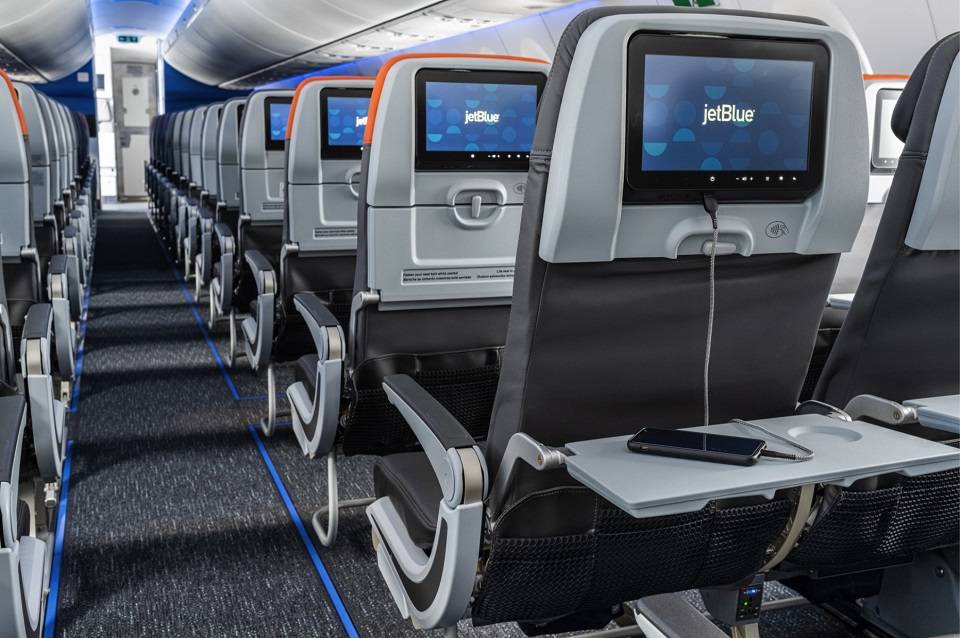
However, defining such standards for airline seats is more complicated than many think. Seat pitch, i.e. the distance between a point in one seat to the same point in the seat behind it, is a good example. Comparing seat space between airlines using seat pitch, only makes sense if they have the same seats. Some new seat designs are two inches thinner than seats that the airlines installed in new jets a decade or two ago.
Finally, there is an argument that regulating airline seats very strictly, could stifle future design. Many designers have attempted to use aircraft space better, for instance by alternating the placement of seats higher and lower. In practice, these ideas would be tough to implement, given the limitations of floor attachment for seats, plus the desire to keep the weight low. But could this change in the future?
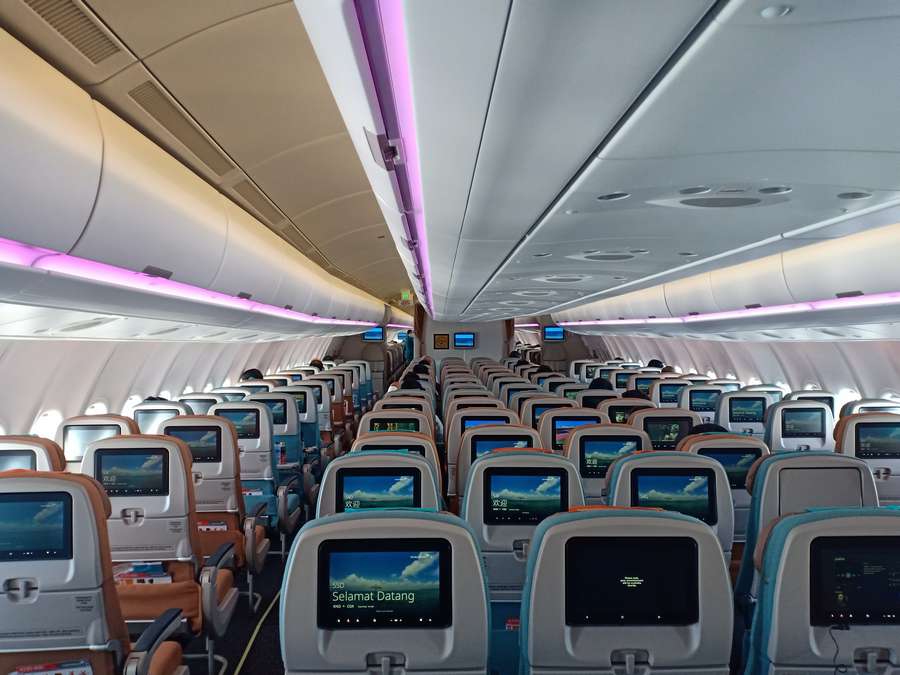
Ultimately, passengers today can choose their seat pitch by choosing between carriers. The airlines are quite vocal about their seats if they have a generous pitch. We’ve seen that JetBlue will have to remove seats from Spirit’s Airbus fleet, if/when the two merge. But is such self-regulation enough of a solution?




1 comment
Andrew Steitz
I am 6’ 2” tall. I would love more room. However that is NOT the government’s job. As pointed out in the article, if I really NEED (not just WANT) the extra room I can fly a different airline or upgrade my seat. I have never been a smoker. I hate cigarette smoke where I dine. Again, NOT the government’s job to tell restaurant owners that their patrons are not allowed to partake in an otherwise legal activity. Government is almost never the solution, it is usually the problem